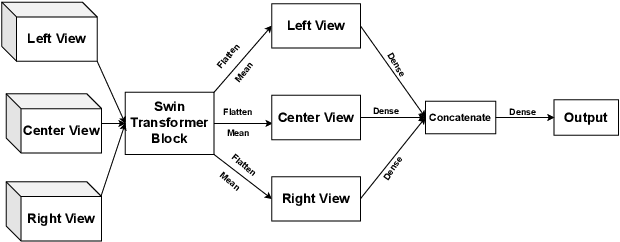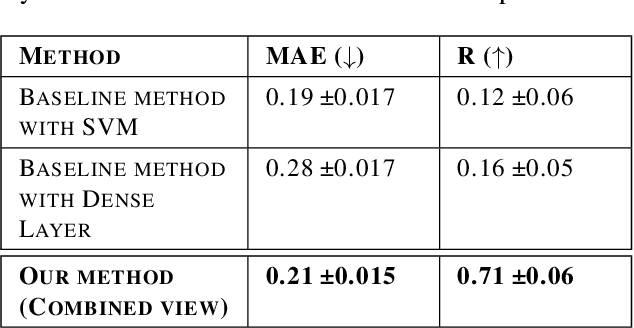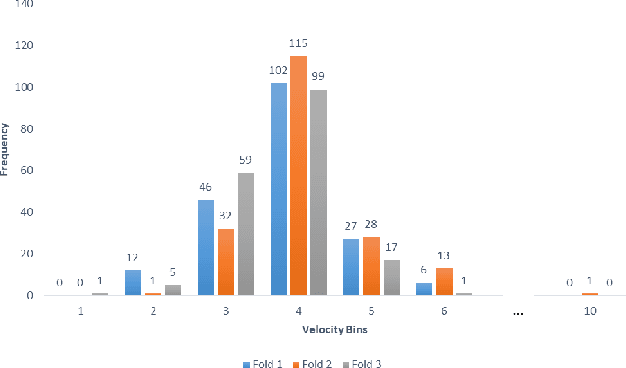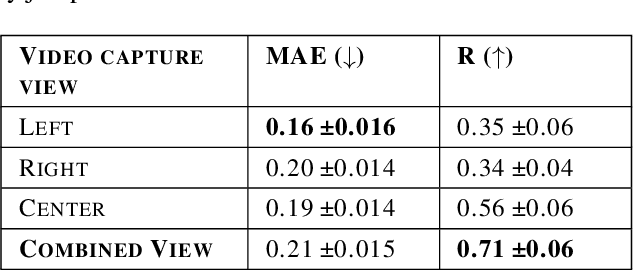Chaitanya Roygaga
Subjective Face Transform using Human First Impressions
Sep 27, 2023



Abstract:Humans tend to form quick subjective first impressions of non-physical attributes when seeing someone's face, such as perceived trustworthiness or attractiveness. To understand what variations in a face lead to different subjective impressions, this work uses generative models to find semantically meaningful edits to a face image that change perceived attributes. Unlike prior work that relied on statistical manipulation in feature space, our end-to-end framework considers trade-offs between preserving identity and changing perceptual attributes. It maps identity-preserving latent space directions to changes in attribute scores, enabling transformation of any input face along an attribute axis according to a target change. We train on real and synthetic faces, evaluate for in-domain and out-of-domain images using predictive models and human ratings, demonstrating the generalizability of our approach. Ultimately, such a framework can be used to understand and explain biases in subjective interpretation of faces that are not dependent on the identity.
A Computer Vision Method for Estimating Velocity from Jumps
Dec 09, 2022



Abstract:Athletes routinely undergo fitness evaluations to evaluate their training progress. Typically, these evaluations require a trained professional who utilizes specialized equipment like force plates. For the assessment, athletes perform drop and squat jumps, and key variables are measured, e.g. velocity, flight time, and time to stabilization, to name a few. However, amateur athletes may not have access to professionals or equipment that can provide these assessments. Here, we investigate the feasibility of estimating key variables using video recordings. We focus on jump velocity as a starting point because it is highly correlated with other key variables and is important for determining posture and lower-limb capacity. We find that velocity can be estimated with a high degree of precision across a range of athletes, with an average R-value of 0.71 (SD = 0.06).
 Add to Chrome
Add to Chrome Add to Firefox
Add to Firefox Add to Edge
Add to Edge